Comics have been a huge part of entertainment culture for decades, but few have left as big of a mark as Japanese manga, Korean manhwa, and Chinese manhua. While they all share the art of storytelling through illustrations, each has its own style, structure, and cultural influences that make it stand out. So, what exactly makes them different? Let’s break it down.
Manga vs. Manhwa vs. Manhua vs. Donghua
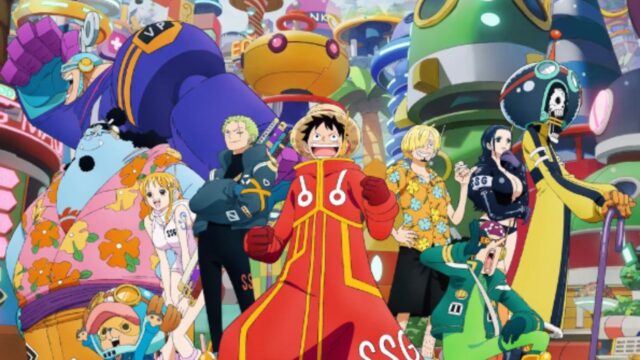
The table below compares these four storytelling mediums across various aspects, from art style and format to genres and popularity.
| Feature | Manga (Japan) | Manhwa (Korea) | Manhua (China, Taiwan, Hong Kong) | Donghua (China, Animation) |
| Origin | Japan | South Korea | China, Taiwan, Hong Kong | China |
| Reading Direction | Right to Left | Left to Right | Left to Right (China) / Right to Left (Taiwan, HK) | N/A (Animation) |
| Color Format | Mostly black & white (except special editions) | Full-color (digital), black & white (print) | Full-color (digital) | Mostly 3D, some 2D |
| Publishing Format | Magazines (Shonen Jump), then tankōbon | Digital webtoons (LINE Webtoon, Naver Webtoon) | Digital webcomics (Bilibili, Tencent) | Online streaming platforms |
| Common Themes | Shōnen, shōjo, seinen, fantasy, isekai | Fantasy, romance, BL, tower-climbing, reincarnation | Wuxia, xianxia, cultivation, fantasy | Fantasy, action, esports |
| Censorship | Minimal | Minimal | Strict (especially for violence, politics, LGBTQ+) | Varies |
| Animation Equivalent | Anime | Aeni (Korean animation) | Donghua | N/A |
Manga – Japanese Comics
Manga refers to comics originating from Japan and is widely popular both domestically and internationally. One of the most defining characteristics of manga is its black-and-white format, with occasional color pages in special releases. This tradition dates back to post-war Japan when printing costs were high, making black-and-white publishing more economical.
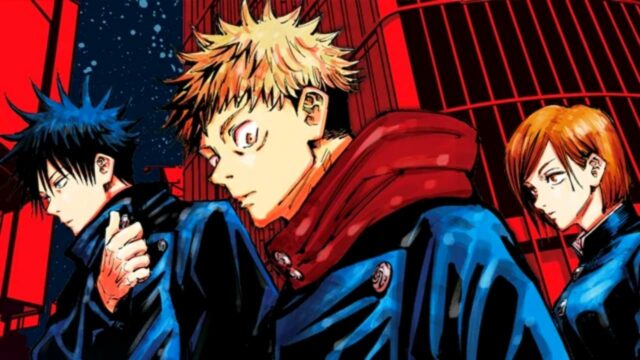
Mangas are typically read from right to left, following traditional Japanese writing conventions. Manga is primarily released in weekly, biweekly, or monthly magazines such as Shonen Jump and Weekly Young Magazine before being compiled into tankoubon (volume collections).
Manhwa – Korean Comics
Manhwa refers to comics from South Korea and unlike manga, manhwa is read from left to right—the same direction as Western comics.
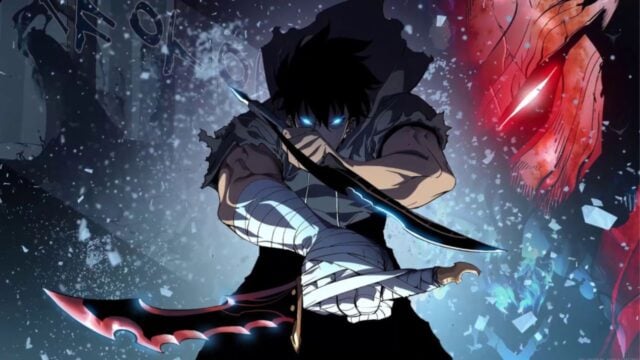
Modern manhwa is predominantly released in digital format as webtoons, which are designed for vertical scrolling, making them more accessible on smartphones and tablets. While traditional manhwa (pre-2000s) was often printed in black and white, digital manhwa is almost always fully colored.
South Korea revolutionized the comic industry with Naver Webtoon (LINE Webtoon), which allow creators to reach a global audience with their work.
Manhua – Chinese Comics
Manhua is the term for comics from China, Taiwan, and Hong Kong. It is read either left to right (modern manhua) or right to left (traditional Taiwanese/Hong Kong manhua).
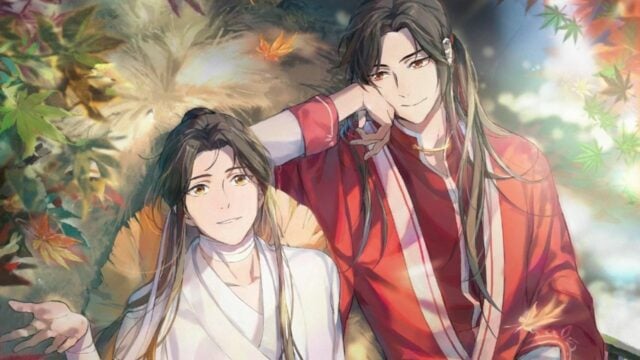
Chinese manhua is heavily influenced by wuxia and xianxia—genres focused on martial arts, immortals, and historical fantasy. Some of the most famous manhua incorporate elements of Taoism, Buddhism, and Chinese folklore.
What sets them apart is:
- Full-color artwork – Like manhwa, modern manhua is typically published in full color.
- Censorship – Due to strict government regulations, themes involving explicit violence, politics, or LGBTQ+ representation are often censored.
- Webcomic format – Many manhua are published on Bilibili Comics, Kuaikan Manhua, and Tencent Comics.
Donghua – Chinese Animation
The Chinese counterpart to Japanese anime, donghua refers to animated works produced in China. Unlike anime, which is mostly 2D, donghua frequently uses 3D CGI animation, which is often criticized for feeling less polished.
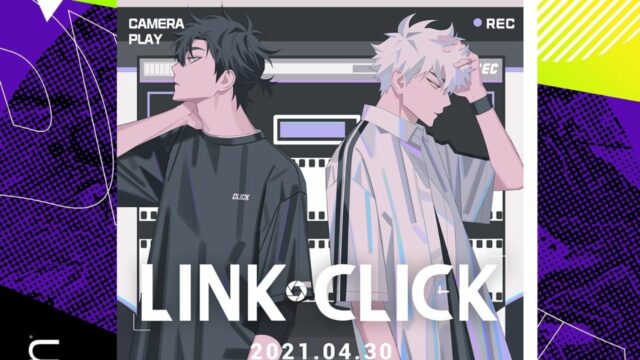
Donghua adaptations of manhua and web novels are common, such as Link Click, Scissor Seven, and many more. They have been growing in popularity, but the industry is still developing compared to Japan’s well-established anime industry.
Conclusion
While manga, manhwa, and manhua share similarities as drawn storytelling mediums, their cultural roots, formats, and artistic styles set them apart. As digital platforms continue to evolve, manhwa and manhua have gained worldwide popularity, rivaling traditional manga. Meanwhile, donghua is expanding China’s animation industry, slowly competing with Japan’s anime.
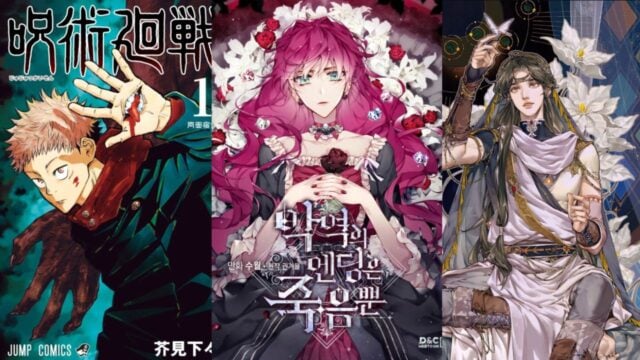
Regardless of preference, each medium offers unique storytelling experiences, making them invaluable to global pop culture. Whether you enjoy action-packed battle shonen, heartwarming romance webtoons, or visually stunning Chinese wuxia tales, there’s a world of comics waiting to be explored.
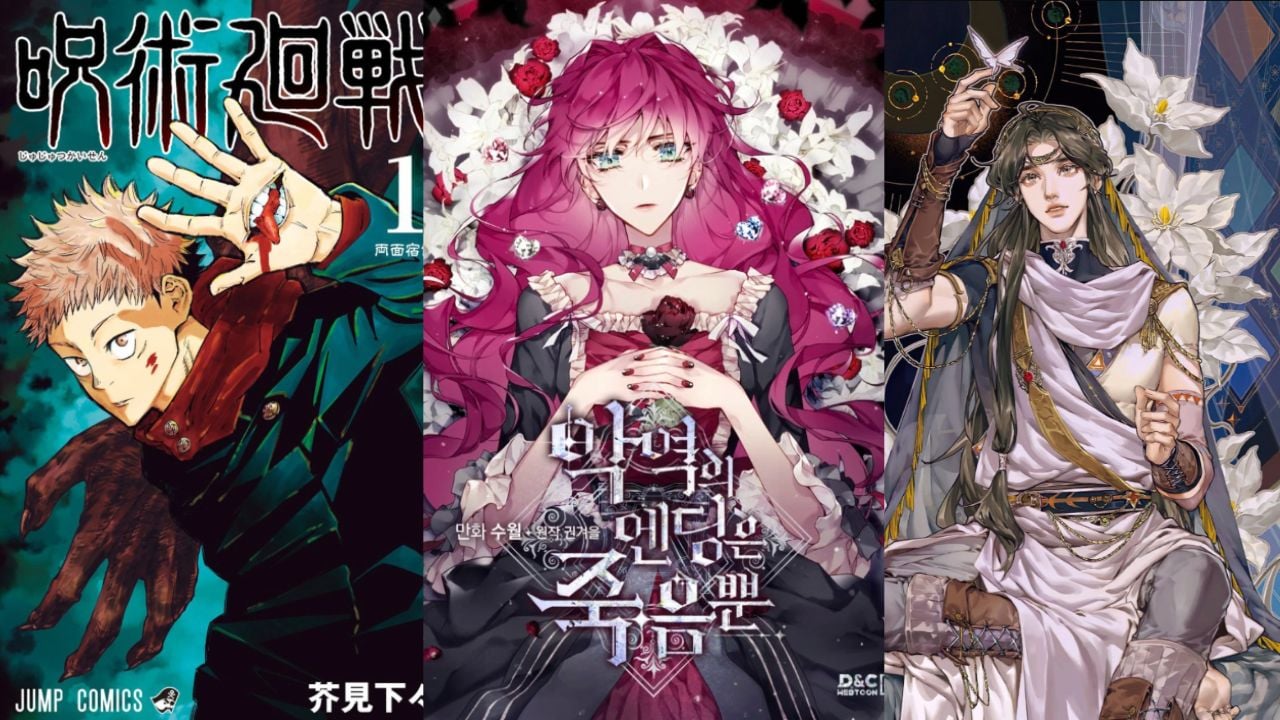
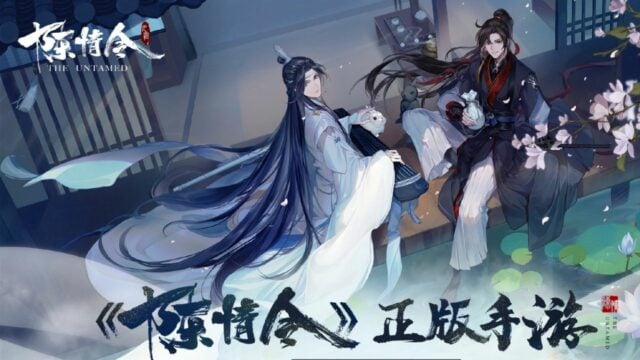
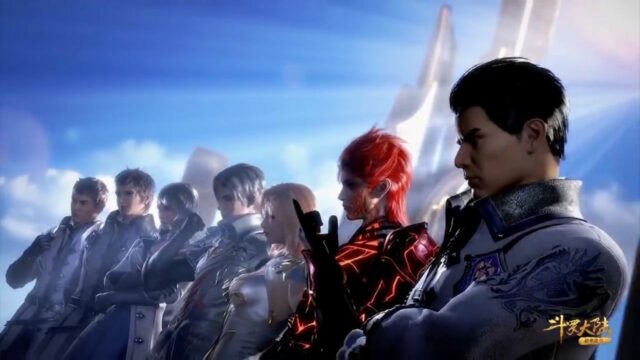
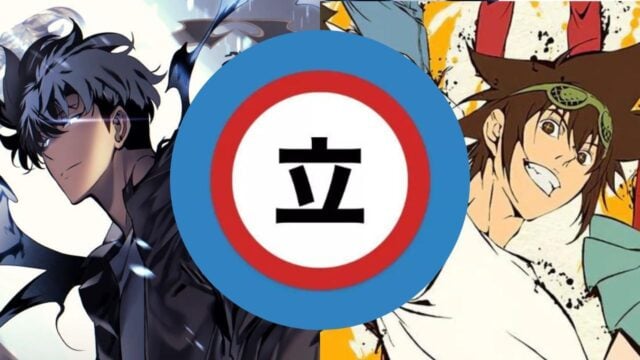
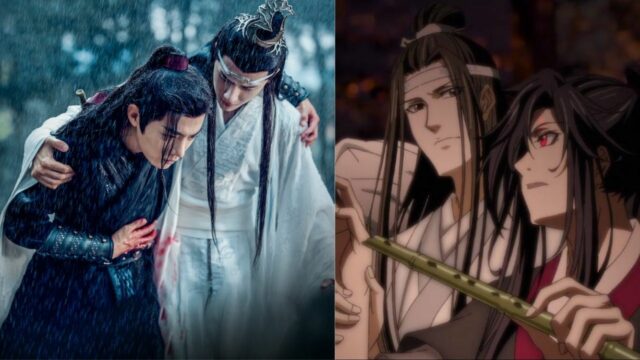
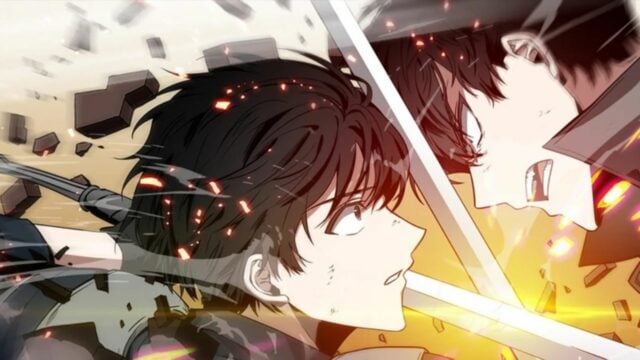

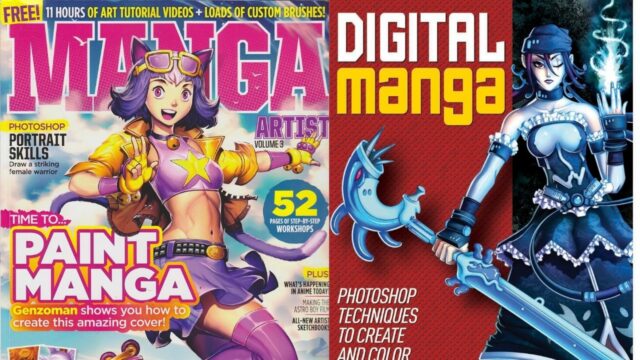


No Comments on Manga, Manhwa, Manhua, and Donghua: Understanding the Differences